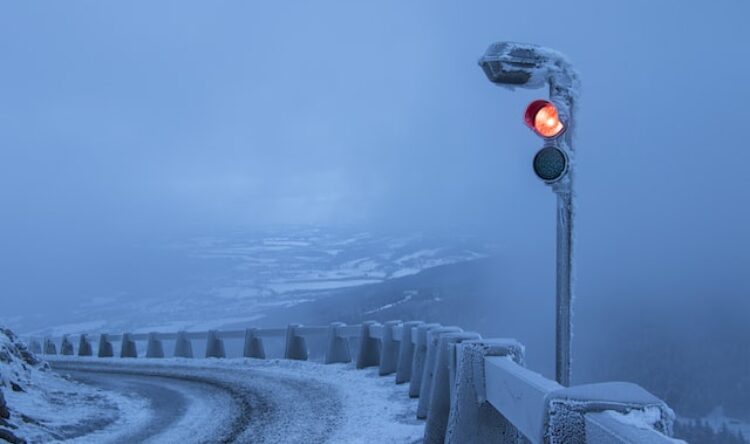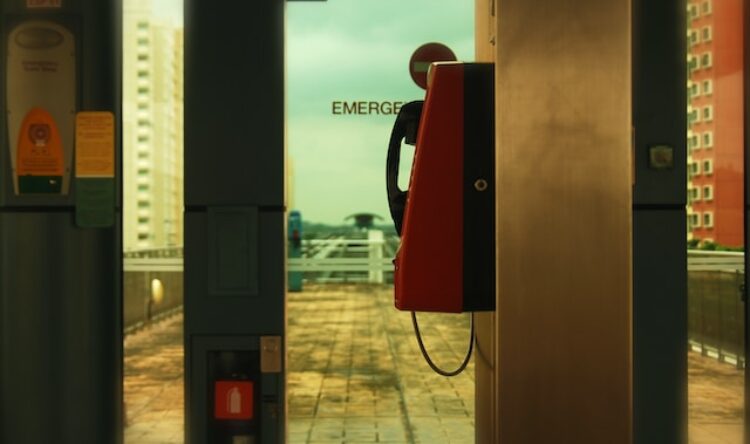Effective Seasoning
Five myths about road gritting for ice and snow
After a mild start to the winter, we now find ourselves tapping the thermometer and fearing another ‘Beast from the East’.
With snow falls over much of the country over the last week and ‘Yellow’ weather warnings of snow and ice issued by the Met Office for the next couple of weeks, the local gritting lorries are now out in force on much of the country’s road network. But confusion still remains about what they’re actually trying to achieve.
Specialist operators The Gritting Company , which were founded in 1860, are keen to dispel five myths about road gritting:
Myth 1: “The winter wagons contain grit.” Untrue.
It’s not grit, it’s salt. The small stones that make up grit can leave a sticky residue with the risk of a slippery road surface. Grit can also block drains as it washes away. The alternative is salt.
Brown rock salt (often mistaken for grit) is generally spread on large road surfaces because it is more economical.
White salt is more expensive and is more often used in the grounds of schools, hospitals and business parks, as it leaves less residue on floors and carpets when trodden in by pedestrians.
Myth 2: “Salt will melt ice at any temperature.” Not true.
Salt works by lowering the temperature at which water will freeze, and this prevents ice forming on the roads. The more concentrated the salt, the lower the freezing point, but salt is less effective below minus five degrees Celsius.At lower temperatures, ice and snow treated with salt melts less quickly.
Myth 3: “Once the salt has been spread on the road the ice will melt immediately.” False.
The de-icing effect relies on the salt being crushed and spread by the passing vehicles’ tyres. If the traffic is light, then the salted ice on the road will take longer to melt.
Myth 4: “Deep snow on roads will melt quickly with salt spread on it.” Not true.
Salt works best on snow that is less than 4 cm, and the traffic is needed to help distribute the salt.
Myth 5: “It’s too cold for snow.” True
However, this is highly unlikely in the UK. Yes, there is a link between the temperature of the air and how much water it can hold. But this is only true when the temperature plummets beneath minus 40 degrees Celsius, which does not usually happen in the UK. When this temperature is reached, the air has so little moisture in it that snow can rarely form.
Getting A Grip
Whatever the conditions, we need to adapt our driving style accordingly. Gritting is a highly effective way of keeping our road network safer in cold and icy conditions, but it is never a guarantee of preventing slipping and sliding on the road surface. Don’t let it lead you into a false sense of security, especially when speed is concerned; drive with caution and ensure you leave plenty of extra space between other vehicles and road furniture to give you more time to take the appropriate action in case of skidding.





